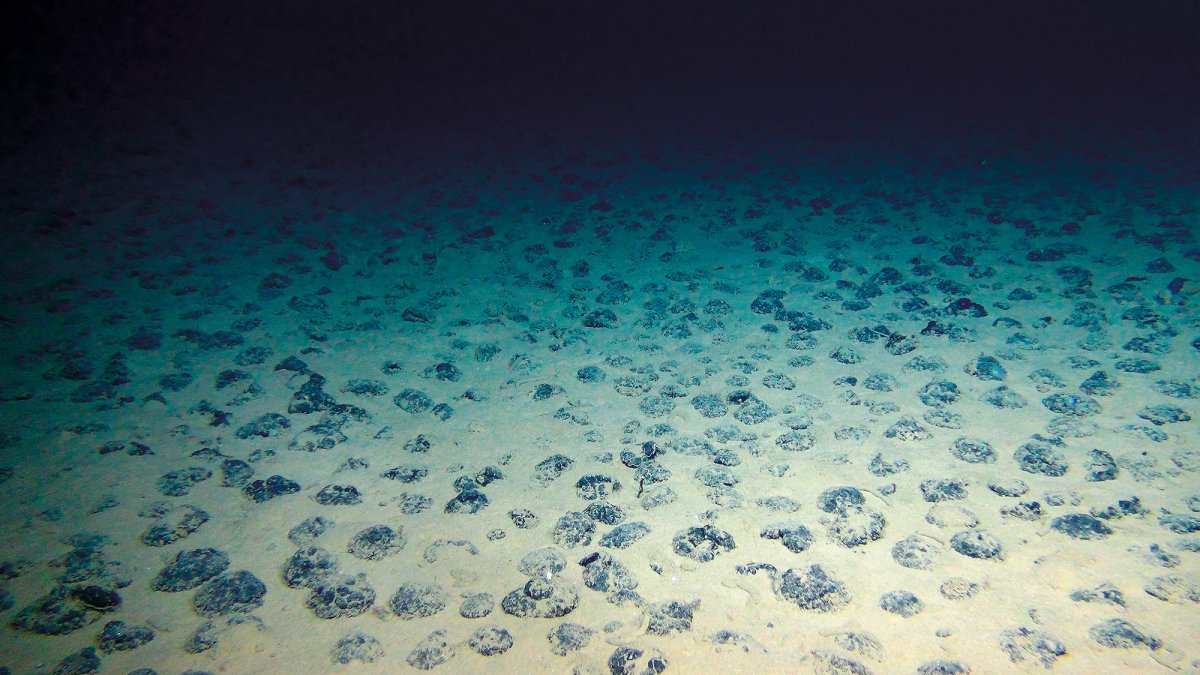Groundbreaking 'Dark Oxygen' Discovery in Pacific Ocean Could Reshape Deep-Sea Mining Regulations
August 4, 2024
Researchers have identified a new form of oxygen production called 'Dark Oxygen' in the Clarion-Clipperton Zone (CCZ) of the Pacific Ocean, at depths of around 4,000 meters.
This oxygen production occurs in complete darkness, challenging the belief that only photosynthetic organisms can generate oxygen using sunlight.
The seabed nodules responsible for this phenomenon have a high electric charge, which could facilitate seawater electrolysis for hydrogen and oxygen production.
These nodules exhibit high electrochemical potentials of up to 0.95 volts, acting like rock batteries, although they require around 1.5 volts for effective electrolysis.
Previous observations of dark oxygen were dismissed as measurement errors, but collaborative efforts confirmed the phenomenon's validity.
Matthias Haeckel from GEOMAR noted that this finding contradicts existing textbooks, which primarily discuss oxygen consumption by microorganisms in the deep sea.
The discovery raises significant questions about the origins of life on Earth and the environmental impact of deep-sea mining on marine ecosystems.
This finding intensifies the call for the International Seabed Authority (ISA) to conduct more research and potentially delay new mining projects until the implications are better understood.
The ISA is under pressure to create mining regulations that protect the seabed and marine life as interest in deep-sea mining grows.
The ISA's structure is under scrutiny due to complaints about leadership and the balance of interests between member states that favor mining and those concerned about its environmental impact.
Experts emphasize the need for further studies to determine the ecological significance of this oxygen production and to ensure regulatory measures for deep-sea mining protect these newly discovered processes.
The new understanding of oxygen production highlights the need for further research on the largely unexplored seabed and ecosystems.
Summary based on 2 sources
Get a daily email with more Science stories
Sources

naked capitalism • Aug 3, 2024
Uncovering Dark Oxygen: Deep-Sea Discovery Challenges Scientific Assumptions | naked capitalism